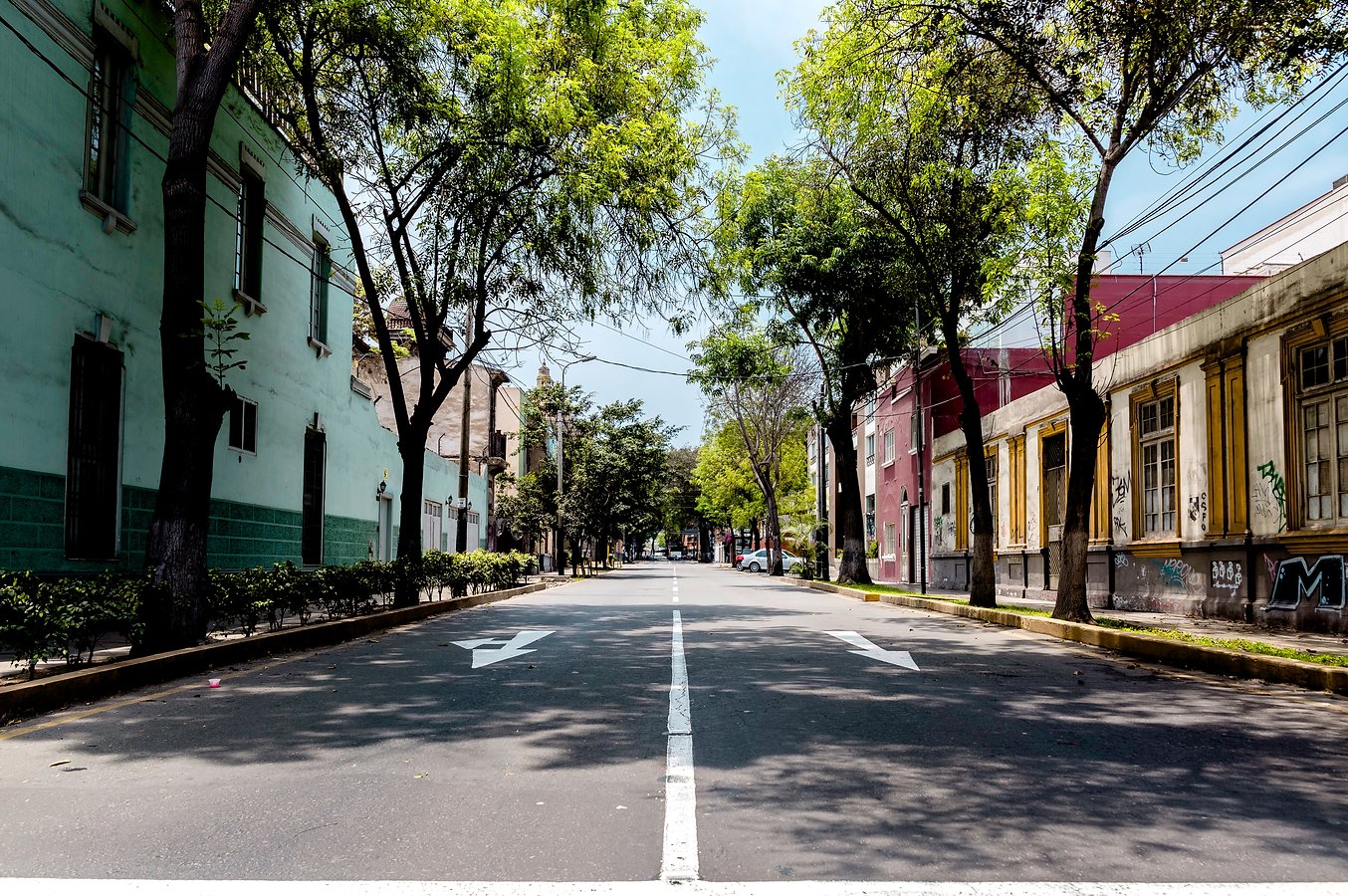The 2008 crisis was monumental in many aspects. The massive amounts of money spent by world governments to stave off the potential economic harm of the real estate implosion were unprecedented. The crisis was labeled a high “Sigma” event, as in very high.
Without getting too technical the Sigma measurement is a way to forecast how often a particular event is supposed to happen. A high Sigma event is supposed to happen only once in many hundreds of years. The idea is kind of like that of the proverbial 100-year flood. It doesn’t happen very often.
Only a high Sigma event would be like drawing the same number 100 times in a row, from a basket of a million numbers. Basically it should never happen.
Very high sigma events could be said to have the odds of occurring once in many thousands of years. That said, in the last few decades we have actually had a couple of very high Sigma financial market events and each one of them larger in scope and more devastating than the last.
Needless to say the current Corona event and its effect on world economies takes the cake, being the highest financial Sigma event we know of in modern history, or perhaps in all of history.
Not only is a high Sigma event very (as in VERY) unlikely to happen, it is even more unlikely that two of them would occur with a few short years of each other. We have seen a handful of them in the last 40 years. An event over 12 Sigma has the odds of occurring only twice in 10,000 years. We have had more than five of them in the last 50 years.
Adding insult to injury and true to some prognosticators, each subsequent event has been larger than the one preceding it.
In 1987 the stock market crash was a high Sigma event (21), which was followed by another event in 1997 which involved a hedge fund called Long Term Capital Management. That was followed by the dot-com crash, which was followed by the mother of all events, the 2008/09 real estate implosion which almost caused a global financial meltdown. All were deemed high Sigma events.
The ’08 crisis was thought to be “it”, meaning we had dodged the biggest possible bullet of all time, and mostly avoided it by using unprecedented levels of monetary stimulus and intervention. Thank goodness that’s over.
But fast forward 11 years and enter the 2020 event called Corona, and we thought 2008 was bad.
Now we face such a rare Sigma event that it is only supposed to happen once in many hundreds of thousands of years. In fact, most of them were only supposed to happen once every few hundred thousand years. Like I said, now we’ve had half a dozen and the current one is the mother of all Sigmas.
We would have to conclude the odds of having so many of them based on the current Sigma metric are so slim that the current metric must be flawed. Or we must be very unlucky.
The odds are so against what we’ve witnessed in a few short decades that it basically shouldn’t occur so a reasonable conclusion is the Sigma metric is indeed flawed to some degree.
Whatever is occurring, each event is requiring more and more intervention by the central banks of the world.
And that intervention is in the form of monetary creation. Monetary creation is what it sounds like. Creating money. Some call it money printing and there are many other names for it such as stimulus, quantitative easing or asset purchases.
Whatever you call it, it is simply central banks pushing a button and creating dollars in a bank account somewhere, or many bank accounts somewhere. Seems like an easy fix. Just flood the systems with money. Others call it papering over the problems.
Many economic analysts and scholars are beginning to wonder just how many financial problems and to what scope can monetary policy solve financial problems.
The amounts are becoming incredibly large. Just the first two stimulus packages announced in the last three weeks encompass almost 5 trillion dollars. That is roughly 22% of U.S. GDP (all goods and services sold in the U.S. annually).
Add in the 3 trillion more in guarantees and other Federal market operations enacted so far and the trillions just keep on coming.
If even more stimulus is offered up for Corona, the percentages will only climb from there. Although the majority of Americans may not understand what negative ramifications could possible arise from such policies, in simple terms think Mexican Peso. For most people, no more needs to be said.
The question is just how much money can the U.S. central bank create out of thin air without causing a Mexican Peso like moment?
And are we already at that point and does anyone really know just how much is too much?
And what will happen if it is?
These are questions few are asking but perhaps we should be.
This article expresses the opinions of Marc Cuniberti and should not be construed as individual investment advice. No one can predict market movements. Investing involves risk. You can lose money. Mr. Cuniberti is an investment advisor representative through Cambridge Investor Research Advisors Inc. a registered investment advisor. California insurance license 0L34249


